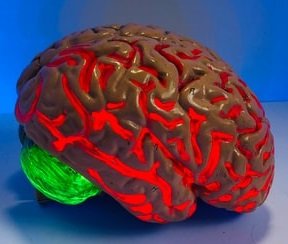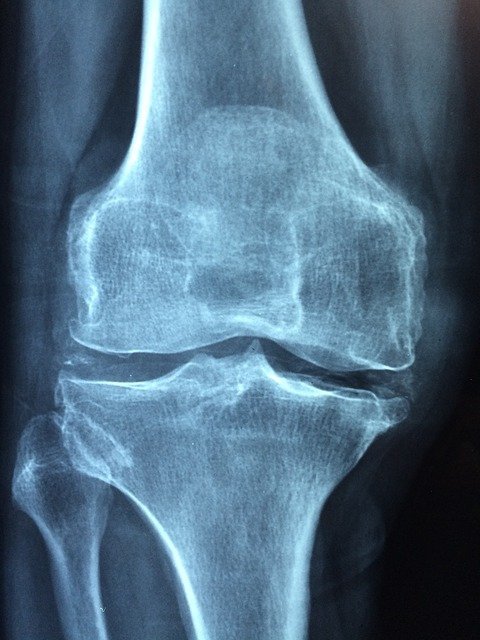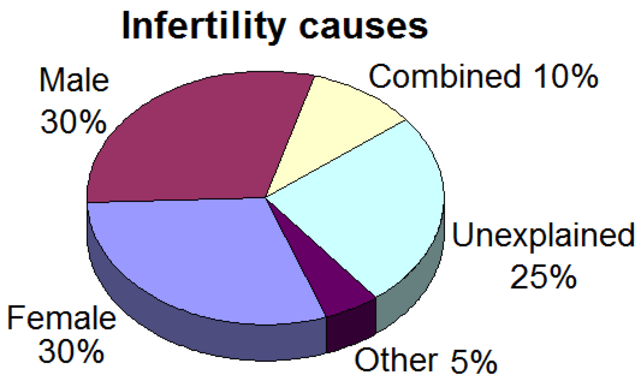Information on this site shall be considered as holistic, alternative and spiritual advice only. For medical advice and treatment a GP, medical professional and/or Certified Hijama Therapist should be consulted. In all circumstances where lifestyle changes, supplements, or other foods are suggested your GP should be consulted. Client Safety is the number one priority.
Cupping / Hijama Treatment Plan for Headaches
Allow 2-4 weeks between sessions – longer if required. Hijama Points shown for each session should ONLY be used to guide the therapist. Body size, cup size, and any other conditions need to considered and appropriate care and attention taken. The number of sessions shown can be increased or reduced depending on the condition of the client.
Complete Treatment Plan
Click here for Session 1Click here for Session 2
Click here for Session 3
Click here for Session 4
Use the standard hijama points as an additional or as separate standalone sessions.
Standard Wet Points – 1,55
Click here for Hijama Points on the back of the bodyIf the client has a complicated history and numerous concerns then it is a good idea to use our online consultation service – click here.
Which body part or function is involved in Headaches?
The brain is an incredible 1 ½ kg organ that operates all functions of the body, analyzes messages from the outside world, and signifies the constitution of the mind and soul. Intellect, ideation, sentiment, and memory are the many things supervised by the brain. Safeguarded within the skull, the brain is consists of the cerebrum, cerebellum, and brainstem. The brain is the store where we interpret information and experience physical sensations, so all pain turns out getting experienced in the brain. However, all pain arises outside the brain. Sometimes a headache feels like appearing from deep within your head, but that is just a psychological/physiological stunt where severe pain feels to spread out and originate from other locations than where it is emerging. There are several categories of headaches, all with different causes.
Usually, in healthy people, the most common sources of headache are stress and head colds. Even it feels like it, a headache is not truly a matter in your brain. Largely headaches occur in the nerves, blood vessels, and muscles that enclose a person’s head and neck. Frequently, the tissues or blood vessels swell, tighten, or undergo various other changes that trigger the surrounding nerves or put tension on them. The nerves transmit a slew of pain information to the brain and this induces a headache. Most headaches have nothing to do with the brain being harmed or drained. There is more to your head than in your brain. Brain tumors and trauma cause headaches, but they generally cause other more severe symptoms such as unconsciousness, seizures, paralysis, and loss of vision. Though it may make sense, a headache is not a matter of the brain. The brain notifies about the pain in other body parts but it can not feel pain itself.
What are the symptoms and effects of Headaches on the body?

Headache is characterized as pain originating from the head or upper neck of the body. The pain arises from the tissues and organs that enclose the skull or the brain because the brain itself contains no nerve supply that gives rise to the feeling of pain (pain fibers). The thin membrane of tissue (periosteum) around the bones, muscles that cover the skull, sinuses, eyes, and ears, as well as thin tissues that encase the surface of the brain and spinal cord (meninges), arteries, veins, and nerves, all can become swollen or unsettled and cause a headache. The pain may be a dull ache, intense, pulsing, lasting, intermittent, mild, or severe. Headache may occur spontaneously or may be connected with action or exercise. It may retain an acute beginning or it may be persistent with or without outbreaks of increasing severity. Headache is commonly linked with nausea and vomiting. This is incredibly true with migraine headaches. Head pain can be categorized as being one of three types:
- Primary headache
- Secondary headache
- Cranial neuralgias, facial pain, and other headaches
Common primary headaches involve stress, migraine, and episodic headaches caused by many factors like:
- Illness. This can be due to infections, colds, and fevers. Headaches also arise with ailments like sinusitis (inflammation of the sinuses), a throat infection.
- Stress. stress, depression and alcohol use, missing meals, changes in sleep routine, and intake of too much medication
- Genetics. Headaches, mainly migraine headaches, tend to run in genes.
- Environment factors, reuse of tobacco smoke, strong smells from certain chemicals or perfumes, allergens, and certain foods.
Symptoms:
- Headache may be mild to moderate, continual, and pressure
- Pain involves the front, top, or sides of the head
- The pain usually initiates slowly and mostly occurs in the middle of the day
- Pain may stay 30 minutes to several days
What changes in diet can help improve symptoms of Headaches?

Although many medications are available at relieving headache pains, multiple effective, natural home remedies also there.
- Drink plenty of water
- Take magnesium
- Get enough sleep
- Low intake of alcohol
- Vitamin B complex
- Use essential oils
- Drink coffee
Changes in lifestyle which can help Headaches
Understanding how lifestyle can improve the severity and regularity of episodes can be a big part of healthy migraine prevention. Certain changes are fairly easy and effective to do. For example:
- Maintain regular sleep routine
- Regular exercise for at least 30 minutes three times a week
- Take regular meals, try not to skip meals
- Decrease stress and manage your stress by deflecting conflicts and settling disputes calmly
Possible alternative remedies for Headaches
To get rid of headache you can try the following remedies:
- Try cold pack compression on your forehead
- Place a warm pad on your neck or the occipital side of your head
- Bright or flickering light from your mobile phones, computer screen, can cause headaches
- Try some tea, coffee, or anything with some caffeine in it




